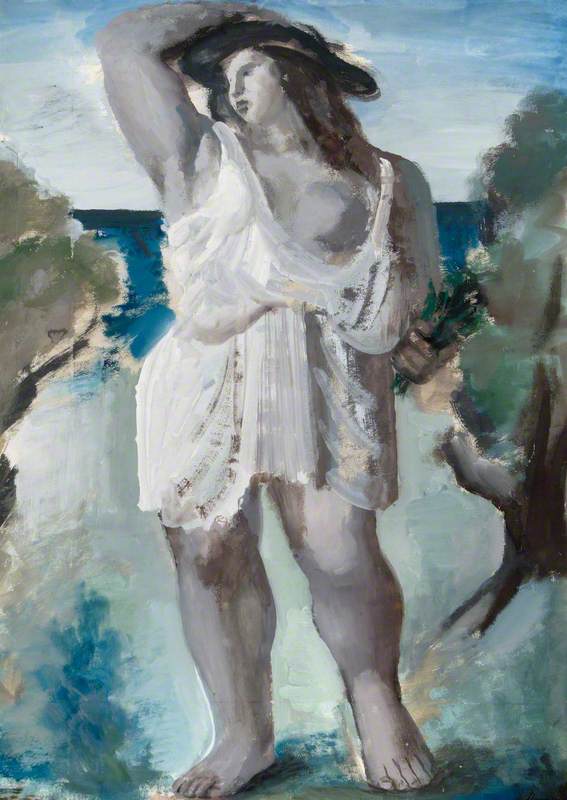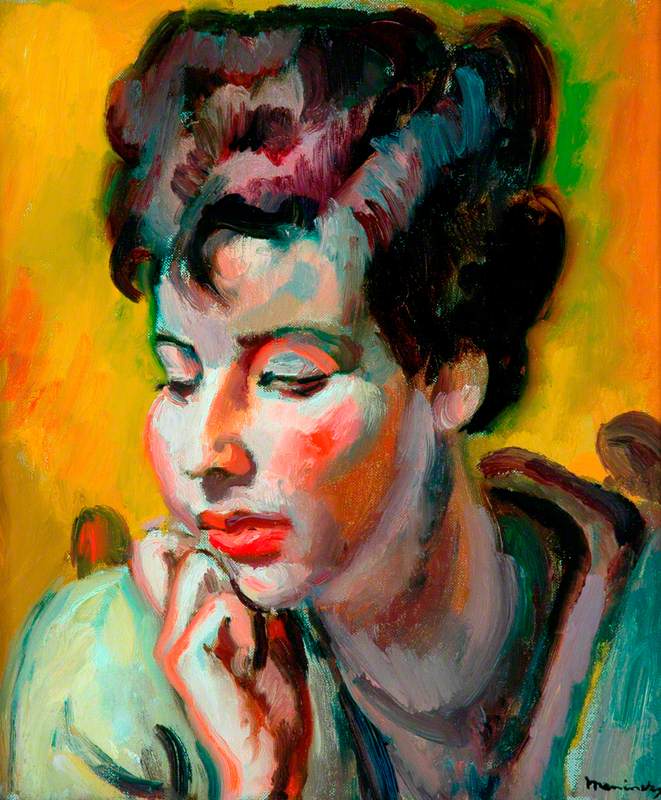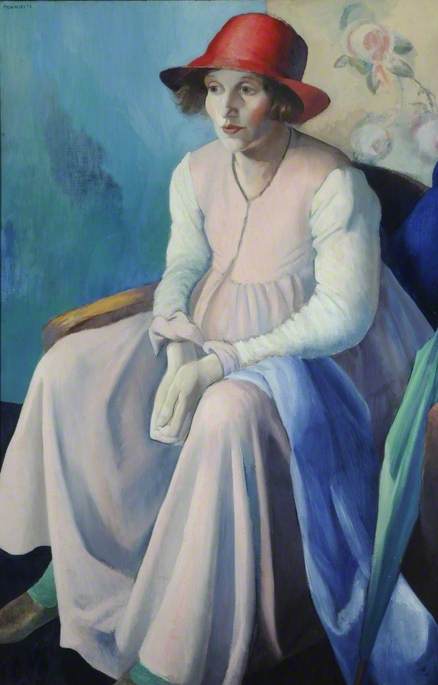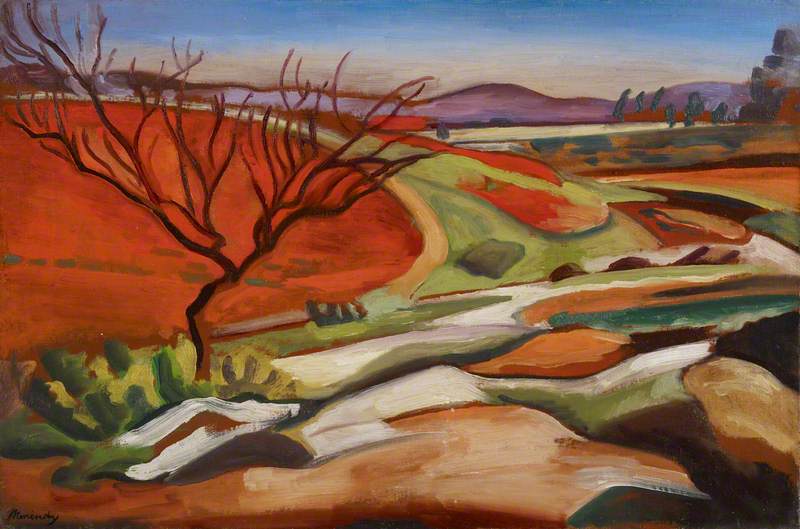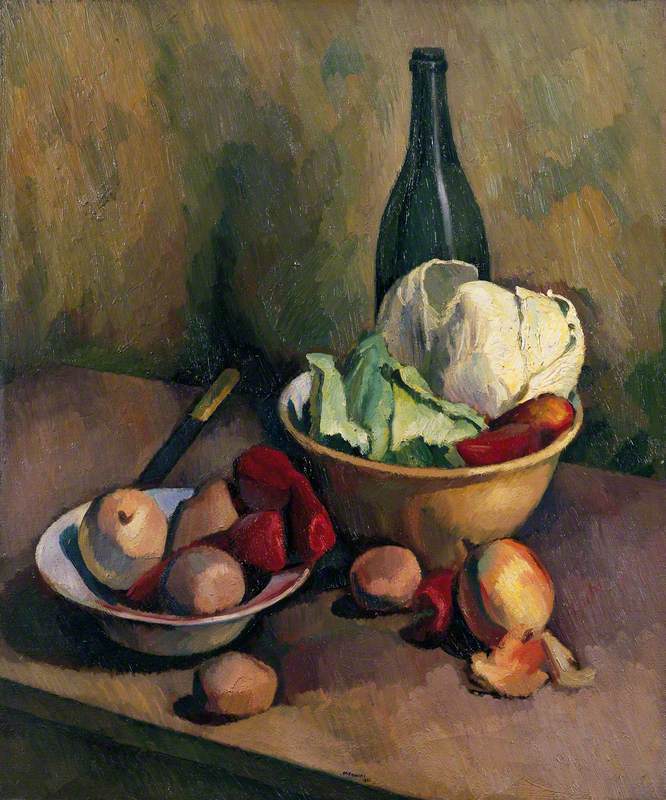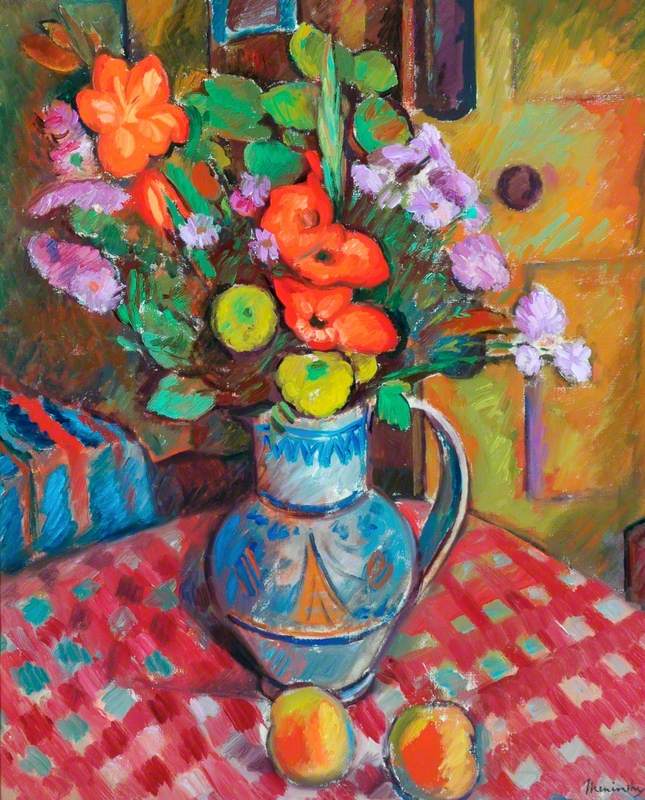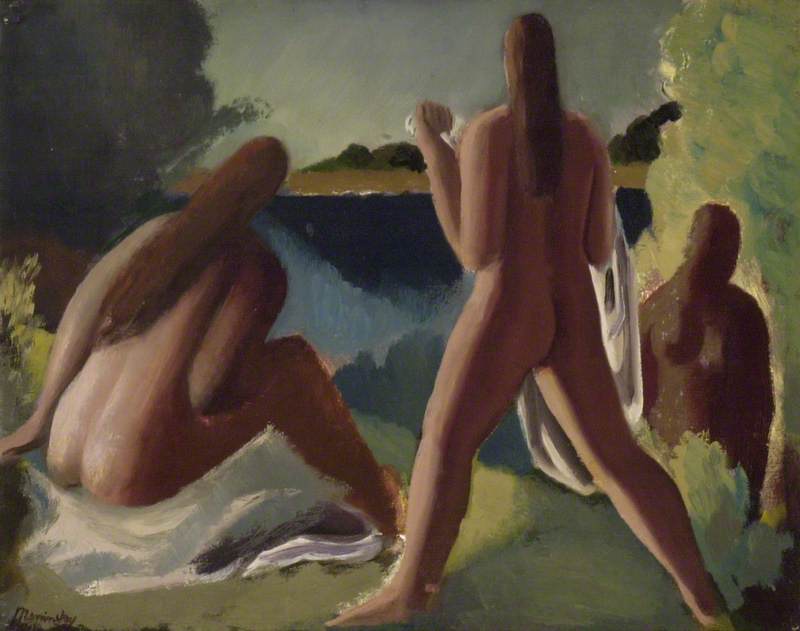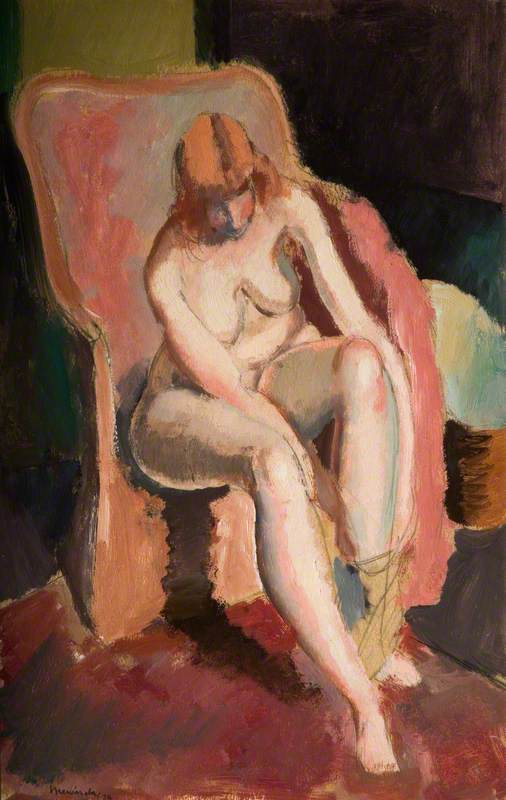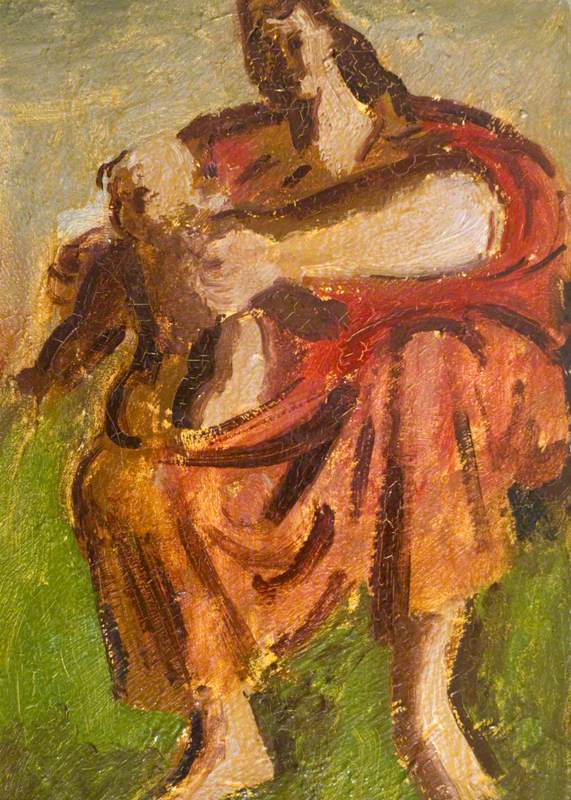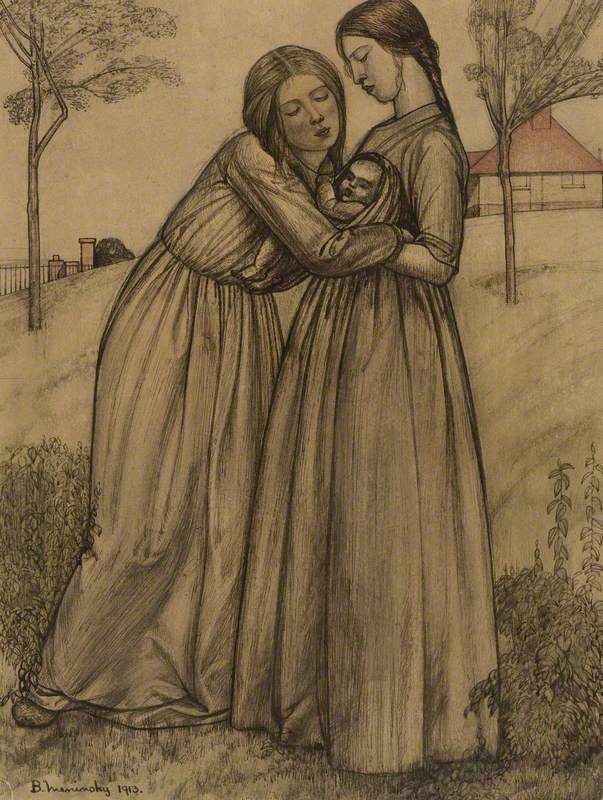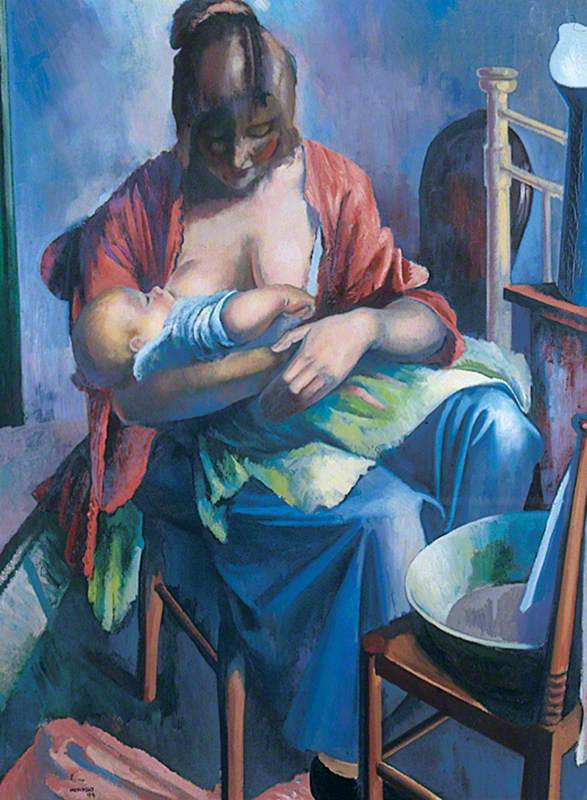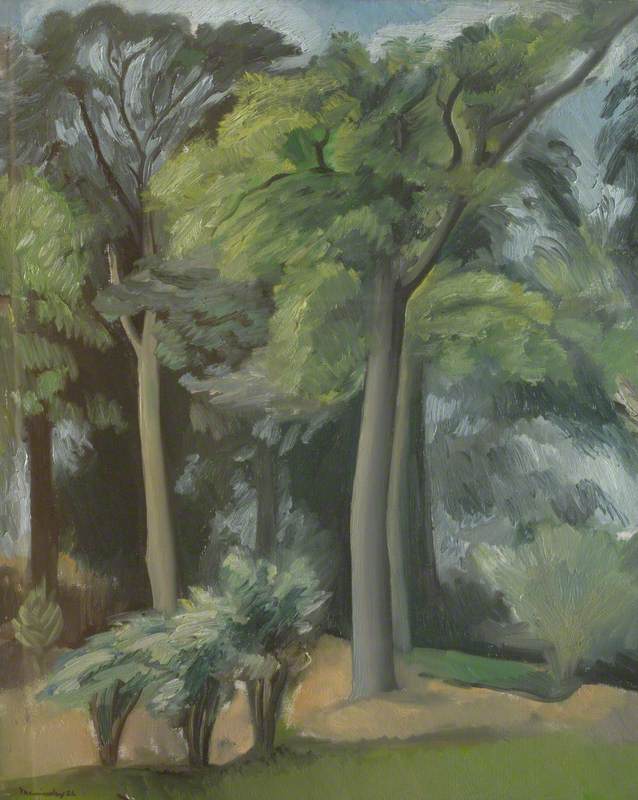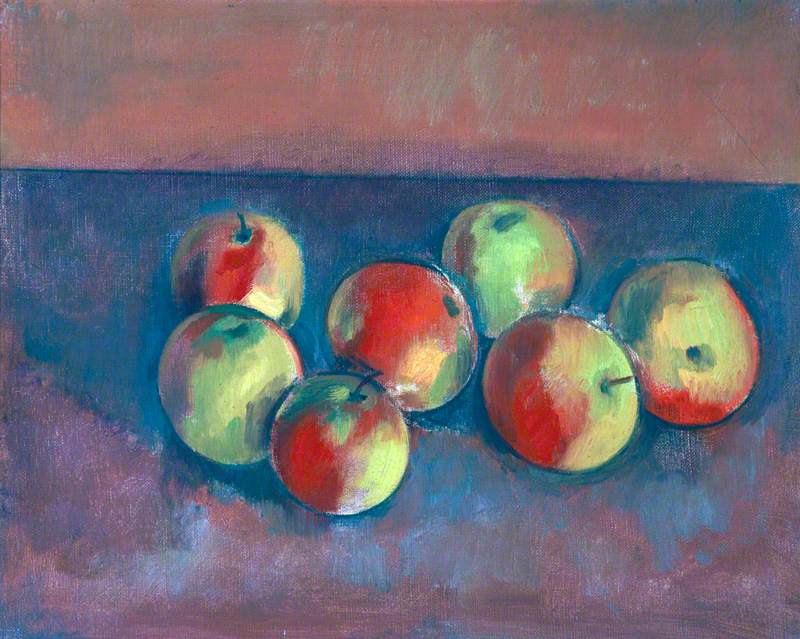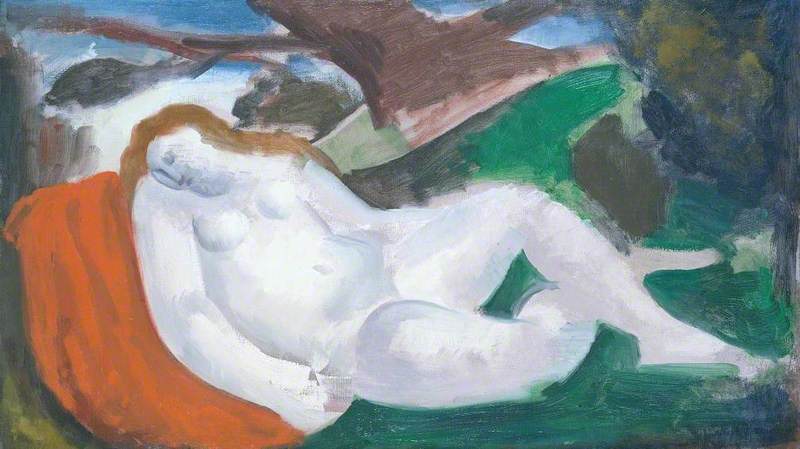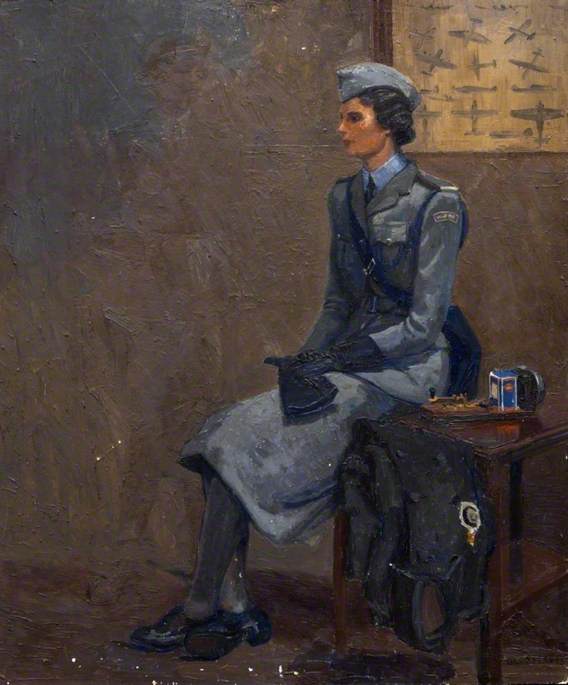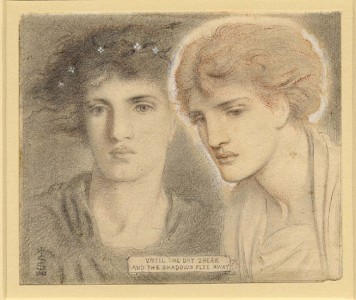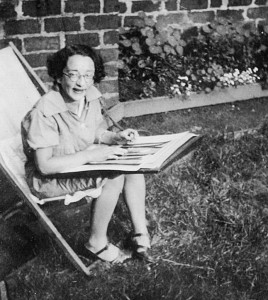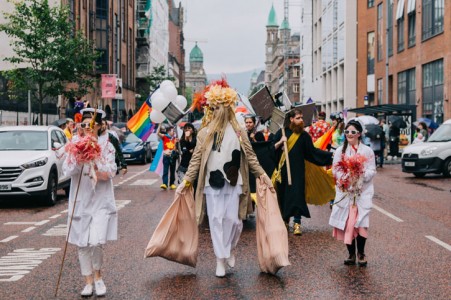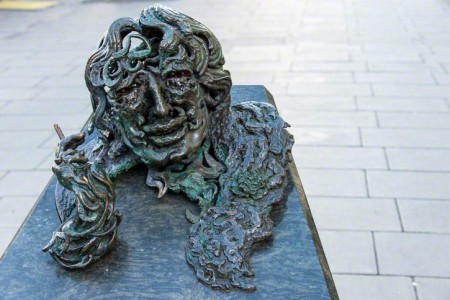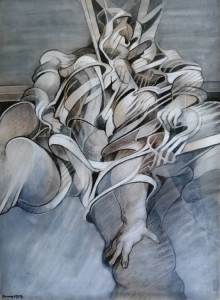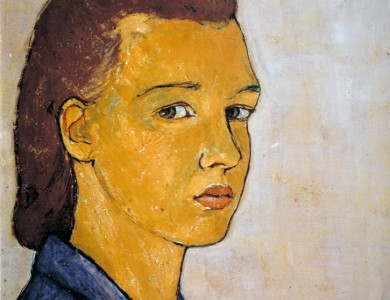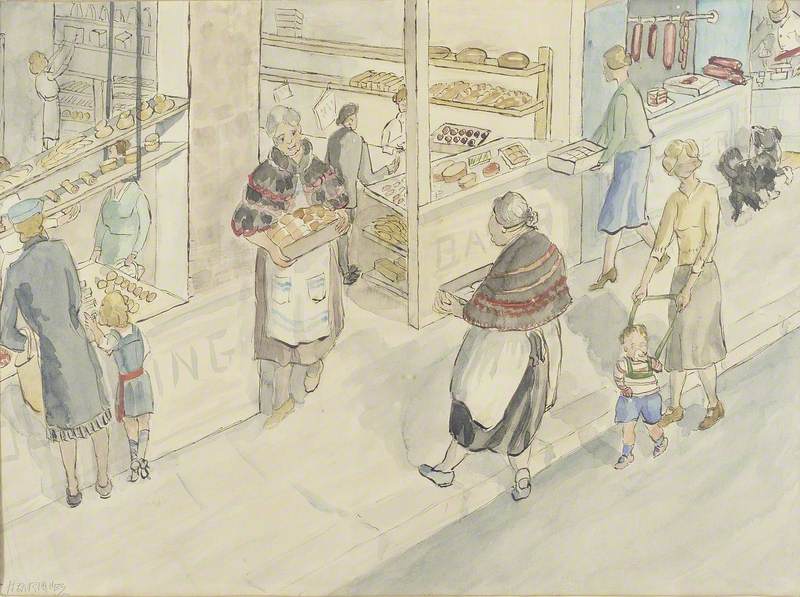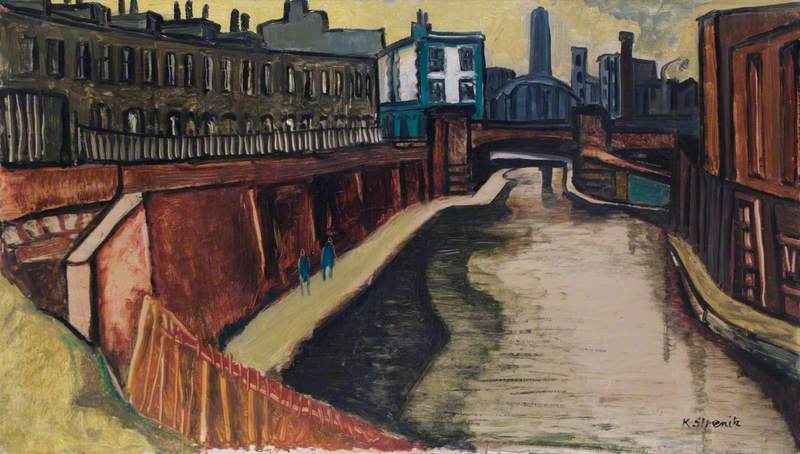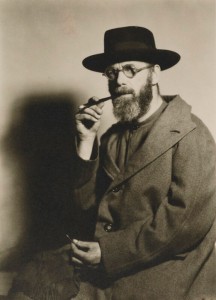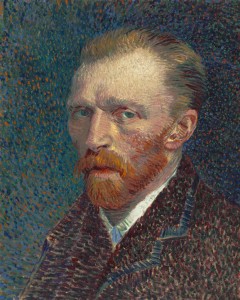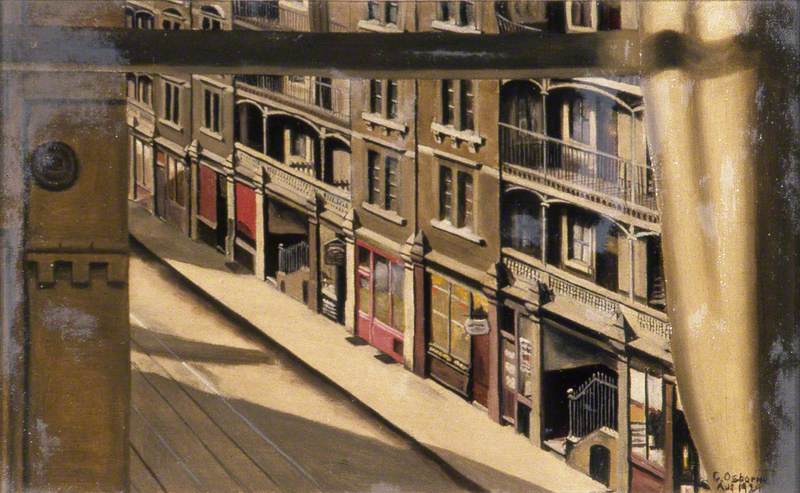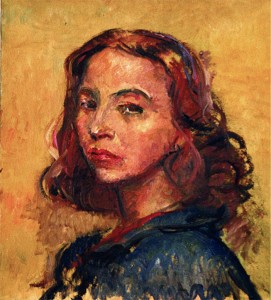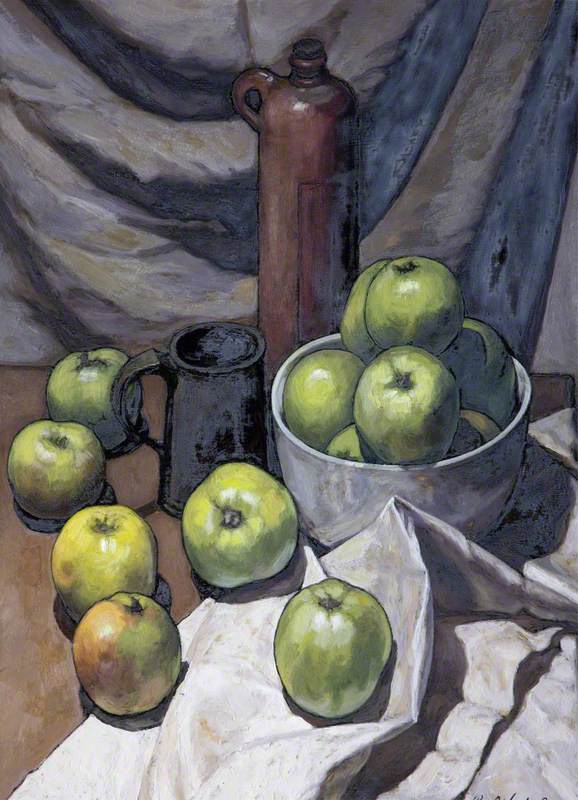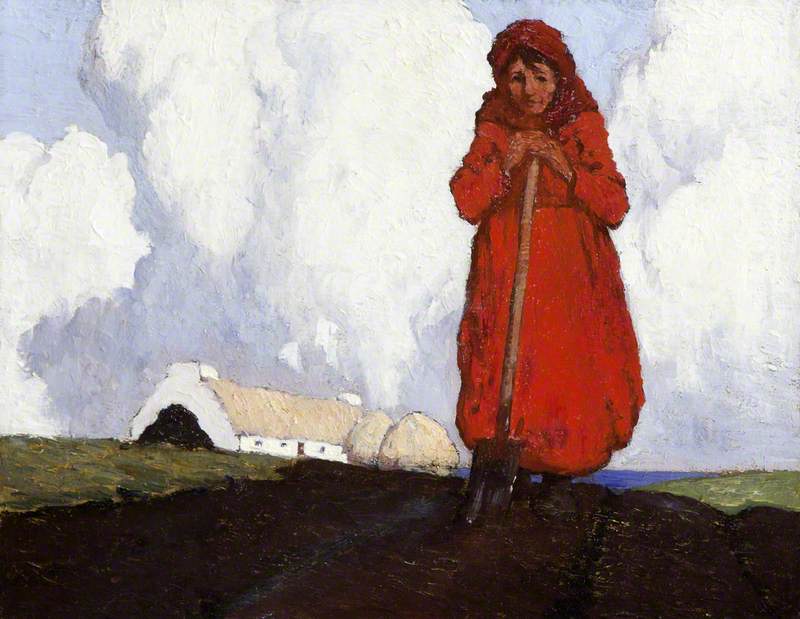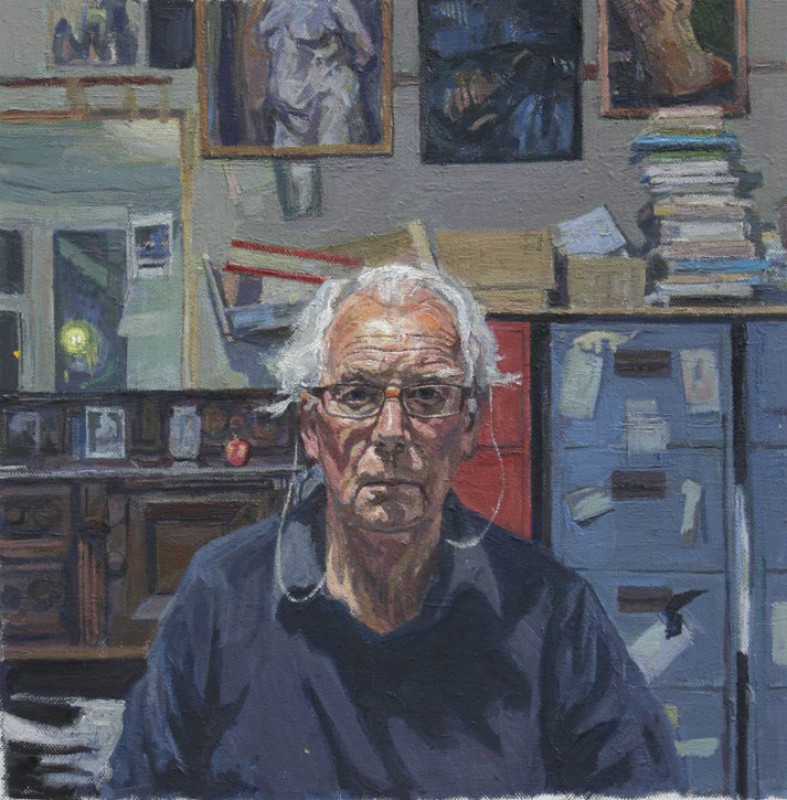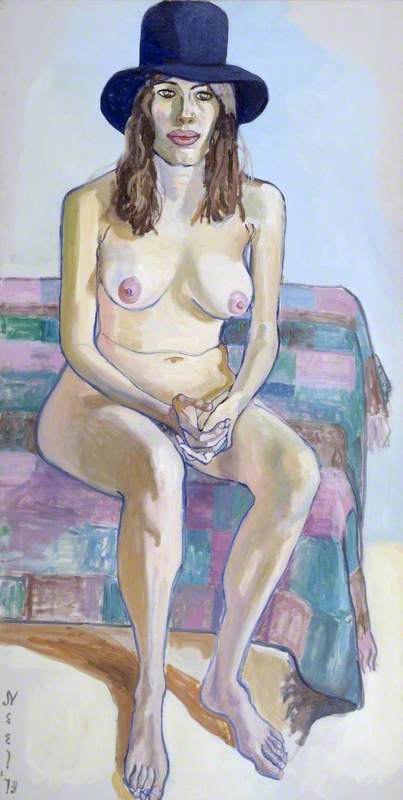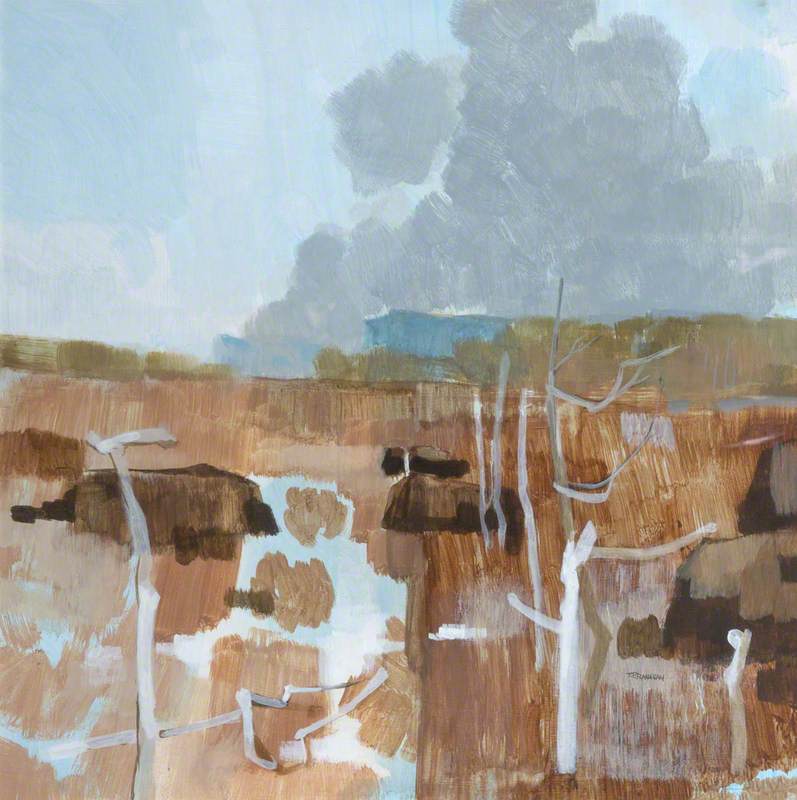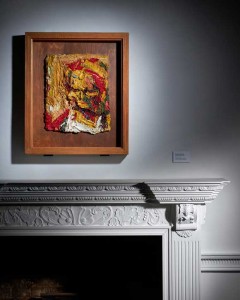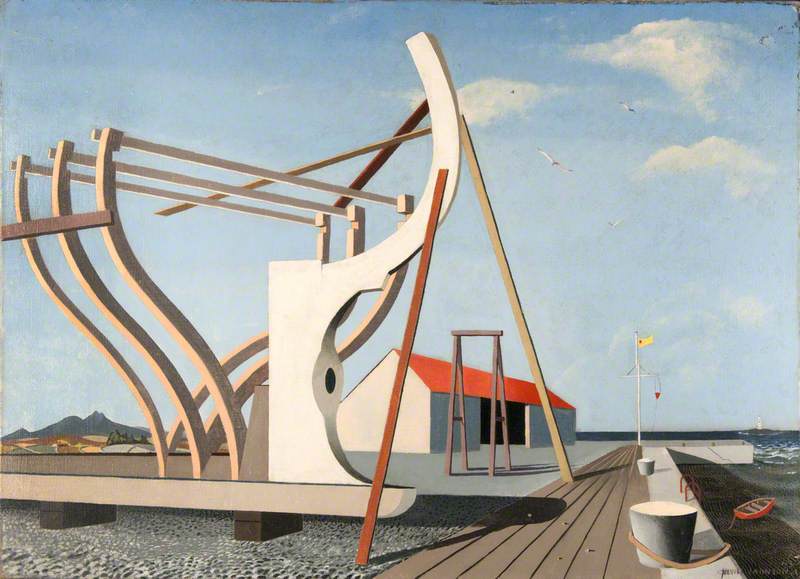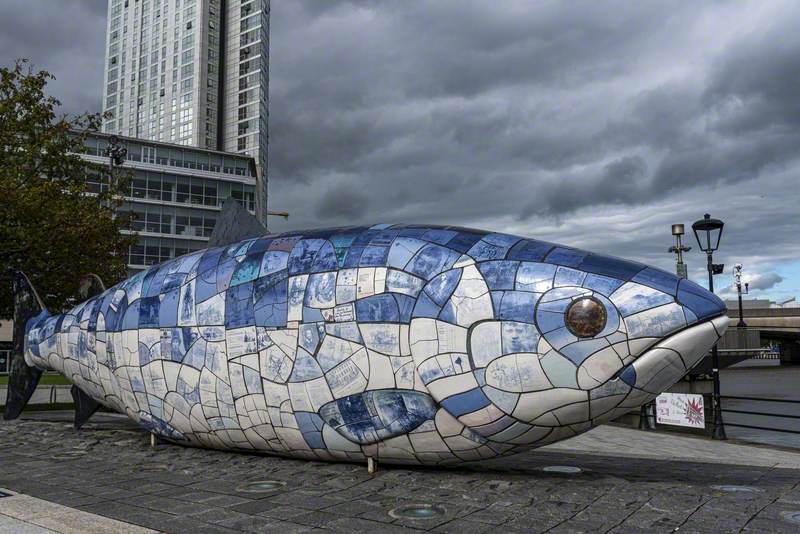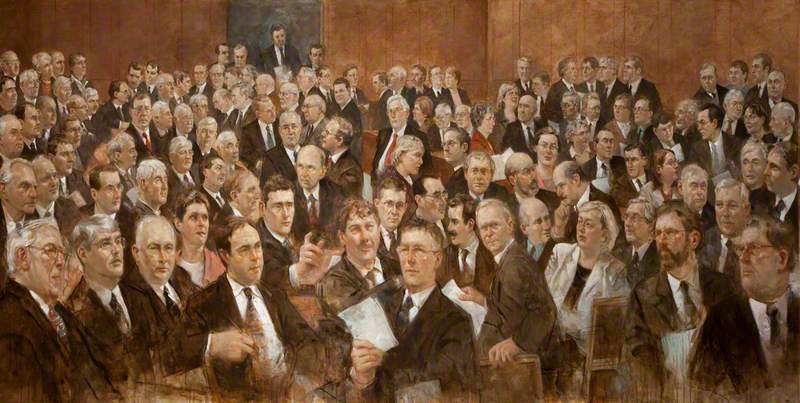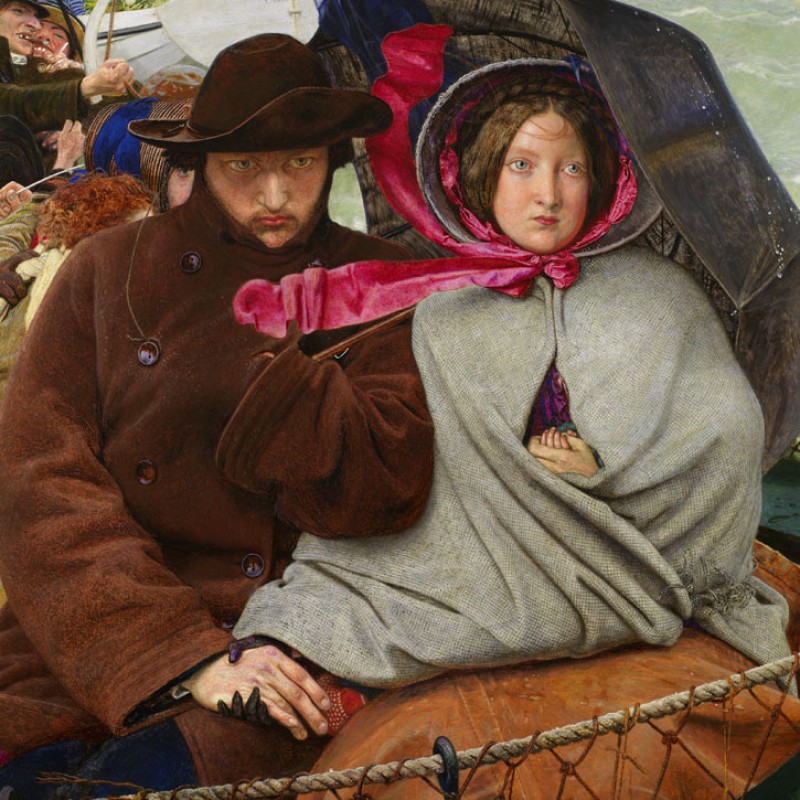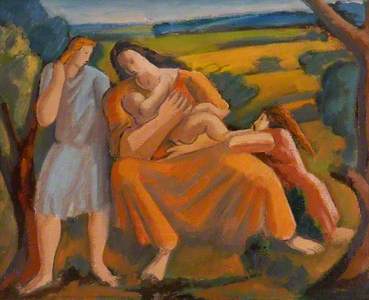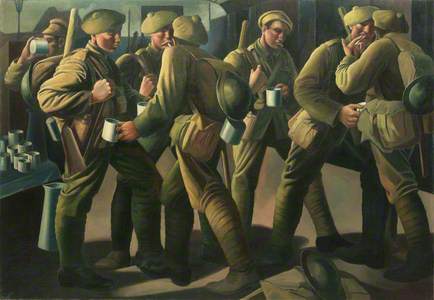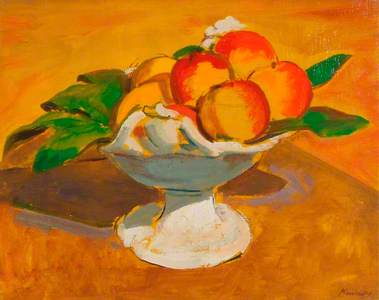Bernard Meninsky was a Jewish Ukrainian-British artist whose influence on figurative painting came from his own artworks and his role as a teacher. His life as an artist in Britain tells us a lot about the evolution of Post-Impressionism during the early twentieth century, as well as the difficulties experienced by artists in war-torn Europe.
Meninsky was born in 1891 in Konotop, northeastern Ukraine. His family moved to Liverpool when he was very young, and from 1906, he studied at the Liverpool School of Art. He went on to study at the Royal College of Art in London, the Académie Julian in Paris, and finally the Slade School of Fine Art, London. The Slade curriculum gave special attention to figure composition and life drawing, which would be a clear influence on Meninsky's figurative focus in his career.
In 1914, Meninsky exhibited in The London Group Exhibition at Goupil Gallery, then began to teach at Central School of Arts and Crafts, and would later succeed Walter Sickert at Westminster School of Art.
Meninsky married in 1917 and had two children who became the focus of his paintings. These 'mother and child' paintings formed a solo exhibition at Goupil Gallery in 1919, and led to acclaim that saw him elected as a member of the New English Art Club in 1923.
One of Meninsky's earliest works found on Art UK is Two Women and Child (1913), a drawing in coloured pencil which was produced during his time at the Slade.
It exhibits a distinctly 'Slade style' of composition, using pencil to create a strong outline and with great attention given to the structure of each figure's face and clothing.
The Slade style also focused on what Wendy Baron calls an 'objective perceptual honesty'. This objectivity is clear from the careful attention to the stance of each woman, the folds in their clothes and the interlocking of their arms. Despite working with the values of Slade, Meninsky's work differed from his contemporaries at the school, such as fellow Ukrainian-born Jacob Kramer, who worked in a far more abstract style, and went on to participate in the avant-garde Vorticist movement.
Instead of reaching toward the avant-garde, this drawing roots itself in the tender lives of its characters: the facial expressions of the women show a great sense of love and care towards the child. Youth is a huge feature of this painting – the women appear young themselves, the baby is very small, and even the trees seem to be saplings, not quite fully grown. The house in the background, its roof coloured red to draw attention, appears to be some kind of homestead, with a gate painted on the left of the painting. The presence of the house speaks further to the lives of the women as focused on the life of the child.
The mother and child theme became incredibly important to Meninsky's output, seen again in this 1919 painting Mother and Child.
This painting reveals a lot about Meninsky's Post-Impressionist tendencies. Meninsky was an original member of The London Group, which came together, like many groups at the time, to challenge the Royal Academy's monopoly over the art world.
The London Group were heavily influenced by Post-Impressionism, in particular by Paul Cézanne, and the reaction against Impressionism's focus on natural colour and light. In this painting, the blue, pink and white wall behind the woman distances itself from the Impressionist concern for natural colour.
Instead, Meninsky uses the lighter colours of the wall to illuminate the mother figure, in an almost angelic way. The pinks in the wall also reflect and illuminate the red shawl. Another feature of influences such as Cézanne was a reduction of objects to their basic shapes – seen in the bowl on the right of the painting, which has a heavy circular outline, and a smaller circle within.
Although Meninsky's mother and child paintings form an important part of his oeuvre, as with many artists, the First World War greatly affected Meninsky's life.
The Arrival of a Leave Train, Victoria Station, 1918
1919
Bernard Meninsky (1891–1950) 
He served in the Royal Fusiliers, fighting in Palestine under General Edmund Allenby. For Meninsky, art became a part of war, as he was commissioned as a War Artist by the Ministry of Information in 1918. His war paintings focus on soldiers' arrival to and departure from stations, and many of these paintings are now in the collection of Imperial War Museums.
On the Departure Platform, Victoria Station
1918
Bernard Meninsky (1891–1950) 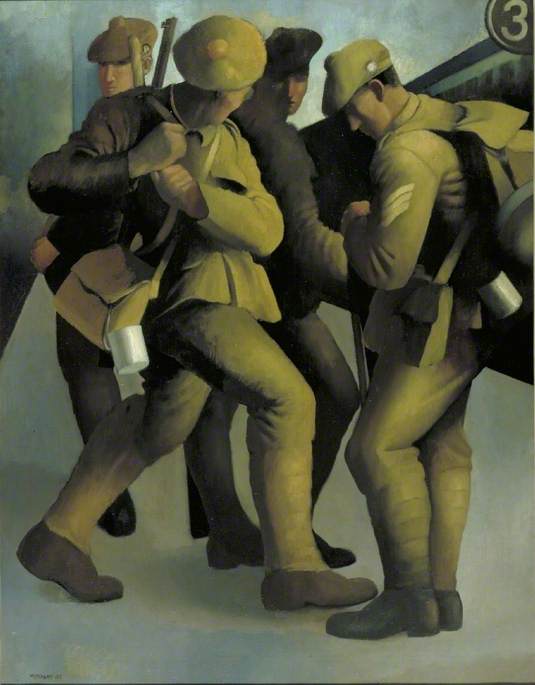
In the painting On the Departure Platform, Victoria Station (1918), the faces of the soldiers are somewhat distorted. This distortion has an expressive effect; each soldier's face blends into the next and so they appear as a collective rather than as individuals. The colours of this painting lie in stark contrast to the bright shades of Mother and Child. Instead, this painting is overwhelmed with grey and beige-blue. The figures do not quite work against each other in form, with feet set upon feet and legs merged into one.
The painting is quite dissonant as a whole, but the solemn atmosphere is clear. It is possible that this style was influenced by Meninsky's struggle with mental illness, and coinciding breakdown during the war, in light of which he was discharged from service.
Meninsky continued to paint and teach after the war, including at City of Oxford Art School. Many of his paintings used the landscape of Oxford as theme, possibly including his 1924 work Trees.
This painting is again distorted – the trees appear to move violently, and even the central trunk seems to sway in the wind, despite its heavy setting. Despite a mainly figurative focus, Meninsky was a talented landscape painter, using a variety of oil, watercolour and gouache mediums.
Sadly, Meninsky continued to suffer from mental illness throughout his life and in 1950 took his own life, aged just 58.
Meninsky did not receive a huge amount of critical acclaim in his lifetime but is retrospectively valued as a painter and teacher. A wide variety of his work is available to enjoy on Art UK, in collections across the country – from the Ferens Art Gallery in Hull to Aberdeen Art Gallery, and from the Potteries Museum & Art Gallery in Stoke-on-Trent to Brighton Museum & Art Gallery.
His works are a testament to his talent, tenacity, and courage through experiences of war and mental illness.
Laura Baliman, freelance writer
